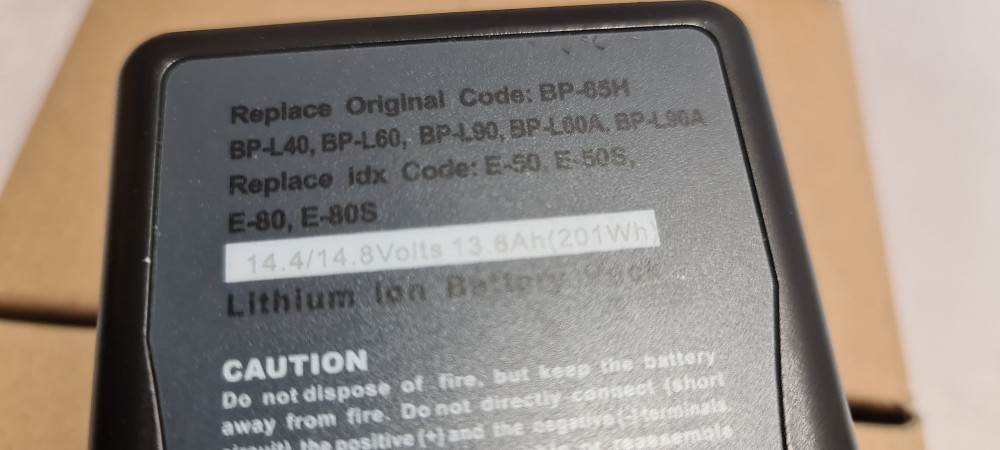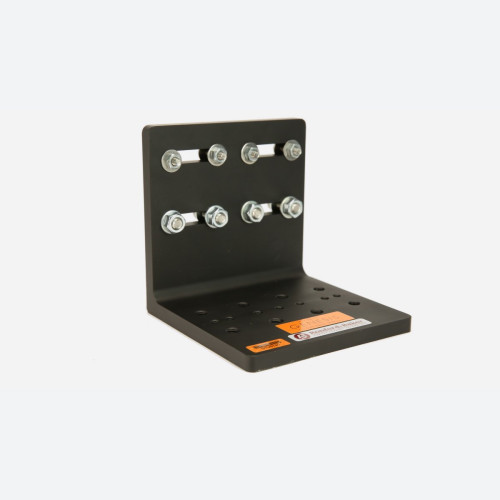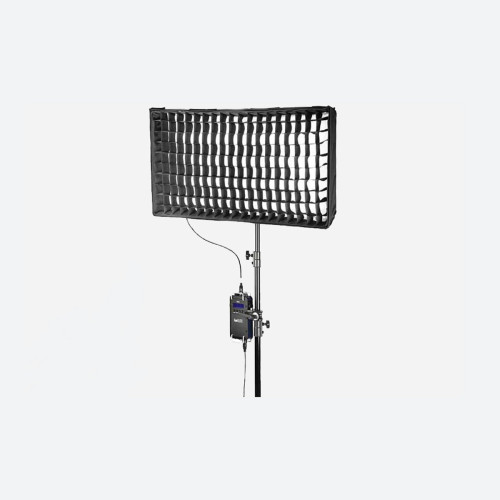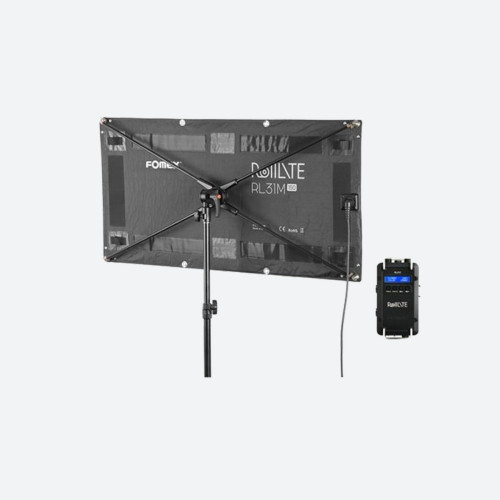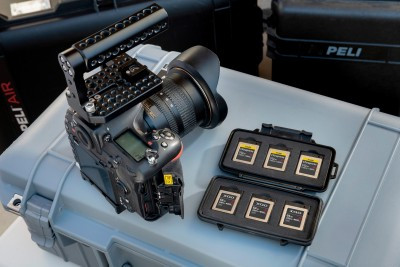We are all probably already tired of hearing the phrase ‘cutting costs’ but the reality is that ways have to be continuously found to reduce our production costs in order to stay competitive.
The question is – are some savings a false economy or are they really worth it?
We have been hiring out Sony’s XDCAM EX cameras for over a year and they are now more popular than ever. It’s easy to see why – what they offer for the price and size is very impressive indeed.
But I can’t help thinking that more people would have taken to the new format if they hadn’t been scared off by two factors – lack of SD recording and memory card prices. Thankfully, when Clip Browser V2 was launched, the former issue was resolved but the card prices still remain a stumbling block for many people.
Of course, at Hireacamera we don’t sell SxS cards but we do hire them out with our cameras and their price does have an effect on what we charge the customer or can include as standard. Ironically their high price has actually created a hire market in itself with EX owners regularly hiring spare media from us.
When first launched, we were promised that due to popularity of the underlying ExpressCard Industry Standard, card prices would soon start falling and become more affordable. Nearly 18 months on, has that happened? Well, in a word – no. Sandisk now offers an alternative but realistically the price differences are marginal. The fact is – SxS cards are still horrendously expensive when you compare them to other solid state media. A quick search around the internet will find you paying around the £400 ex VAT for a 16gb card from either manufacturer. But then is that fair – surely it is hardly a like-for-like comparison anyway?
Last year, Sony launched the PHU-60K external hard drive unit as a cost effective solution designed to work with the EX1 or EX3. With that launch came a firmware update for the EX1 (Ver 1.1).
There had been a few rumours of people testing adaptors and cards with the EX1’s up to this point with no success. However, with this firmware update, everything was to change. From this moment onwards, the whole SD card debate started in earnest and the forums came alive with people testing any card and adaptor available. The first adaptor I managed to get my hands on was a Kensington 7 in 1 which, with a Sandisk Ultra II, card seemed to work just fine. All shooting modes worked perfectly and the adaptor swapped between an SxS card in the other slot without problem. Yes, there were limitations in terms of speed but I was still downloading a full 16gb card in around 15 minutes. Considering the cost (around £65), it seemed pretty good value. On the forums, this combination had taken on a new name – KxS (K for Kensington Adaptor and S for Sandisk).
Of course there were issues. Although I never had any problems with my adaptor, it would seem that quite a few people did and my early adaptor’s design meant that the door couldn’t be shut on the EX1 which was a pain. The niggling doubt in my mind over reliability meant that I would only use the cards for personal footage or in a situation where I could afford to lose the footage but I was keen to keep testing.
Since then, things have moved on quickly. In mid December, e-Films in Australia started distributing their MxR Expresscard Reader and we managed to get a batch sent over to the UK just before Christmas. These adaptors have been designed from the outset to work in the EX cameras. The immediate advantage was being to close the door on the EX1! I had also changed to using the Transcend Class 6 SDHC which at just under £20 for 16gb meant you could say it was finally disposable.
So what do Sony have to say about this?
They are keen to point out that the SxS card was a professional media developed by themselves and SanDisk to meet the high technical specifications requested within the broadcast industry and that it is important to distinguish between professional/industrial cards and consumer cards.
When asked why anyone should choose SxS cards over other memory options, they said the following –
“To get the best of your non linear acquisition and secure your content, Sony has gathered undisputed professional standards into the SxS PRO cards that no existing Consumer based technology can reach today:
- High Speed: the fastest available transfer rate of the industry up to 800Mbps where consumer based product can hardly reach an average of 150Mbps.
- High compatibility: the only available card that can meet safely all the acquisition mode of your XDCAM EX equipment from normal acquisition to slow motion one. No other media has proven to reach the full compatibility of XDCAM EX equipment, plus proven to have steady and reliable long term acquisition when recognized.
- High Reliability: A unique professional product that can resist to all professional environment and conditions from -25° to 65°C. No other available media has successfully been able to fill-in all the tests SxS cards have proven to resist!
- Professional Service support: An essential service for non-linear product that can face content loss at any time with wrong usage. Sony is the only company offering you help in trying to recover your content when possible.
These 4 points are mandatory in the broadcast industry to shoot freely without feeling the risk in losing your content.”
The speed issue is a personal one. I found transferring from the Transcend USB adaptor painless but I can easily understand for some this might be an issue – using an SxS card is significantly faster. It is also worth mentioning that over-cranking is not possible on anything other than an SxS card (anything more than around 40fps is pushing the SDHC card’s abilities).
On the compatibility and reliability side of things, it is still early days. The adaptors are definitely built down to a cost (on two of ours, the SDHC cards are very hard to remove) but then at around £30, this is forgivable. So far, they have worked fine but I have done no more than about 100 hours testing at present. I currently use MxT as I am keen to keep testing this combination as it would be naive to assume that our hire clients will be only using the supplied SxS cards in the future. However, all our hire equipment is still and will continue to be supplied with SxS cards as standard and all filming work we undertake professionally will be recorded using them. Why? Because we can trust them and importantly, should a card go wrong (which so far has never happened), you do have Sony’s recovery service at hand to help you.
So where does this leave us – should we all be rushing out to buy MxT (or MxS or KxS)? Well that depends on how you look at it. The upside is cost (and it is a significant saving) – I can see plenty of owners finding this proposition very attractive and, as SDHC cards are used in other professional camera equipment, the apparent risk may seem (and indeed could be) small. In reality no-one really knows as it is still early days and full testing has not been carried out so this upside has to be weighed up against possible loss of any footage and at worst damage to the camera. It is also worth bearing in mind that should the card cause any internal issues to the camera, these would not be covered under warranty. So I certainly could not advise you to use them and if you do so, it is at your own risk.
But the greater presence of alternative options surely must force the price of SxS down. Of course there will always be a premium on SxS cards due to their superior build and performance but that gap can only fall now.
Whatever you do decide, it can only mean good news for XDCAM EX users.



